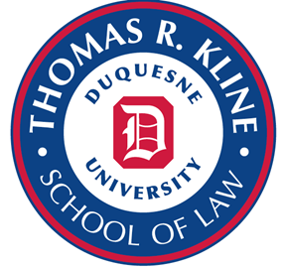Applying Bentham’s Theory of Fallacies to Chief Justice Robert’s Reasoning in West Virginia v. EPA
Abstract
There are two issues in West Virginia v. EPA.1 One regards justiciability, and the other delegation. Article III of the Federal Constitution limits justiciability to controversies, to disputes involving an injured party whose harm the judiciary believes it can remedy. The Constitution is silent on delegation. This essay summarizes the Court’s decision in West Virginia v. EPA. It also analyzes Chief Justice Robert’s reasoning and addresses the case’s flaws from two perspectives. It references the Court’s decision connecting it to the so-called New Deal Cases, because in both Panama Refining Co. v. Ryan, and West Virginia v. EPA, the Court accepted to review a lower court’s decision about a non-existent regulation. In 1935, the governmental kerfuffle was due to a lack of regulatory transparency; the Federal Register had yet to be established. This essay’s analysis incorporates Jeremy Bentham’s 1809 work on two classes of fallacies, authority and confusion. Bentham’s work on fallacious thinking continues to be relevant today as it exposes arguments used to cloud reasoning and block governmental reform.

